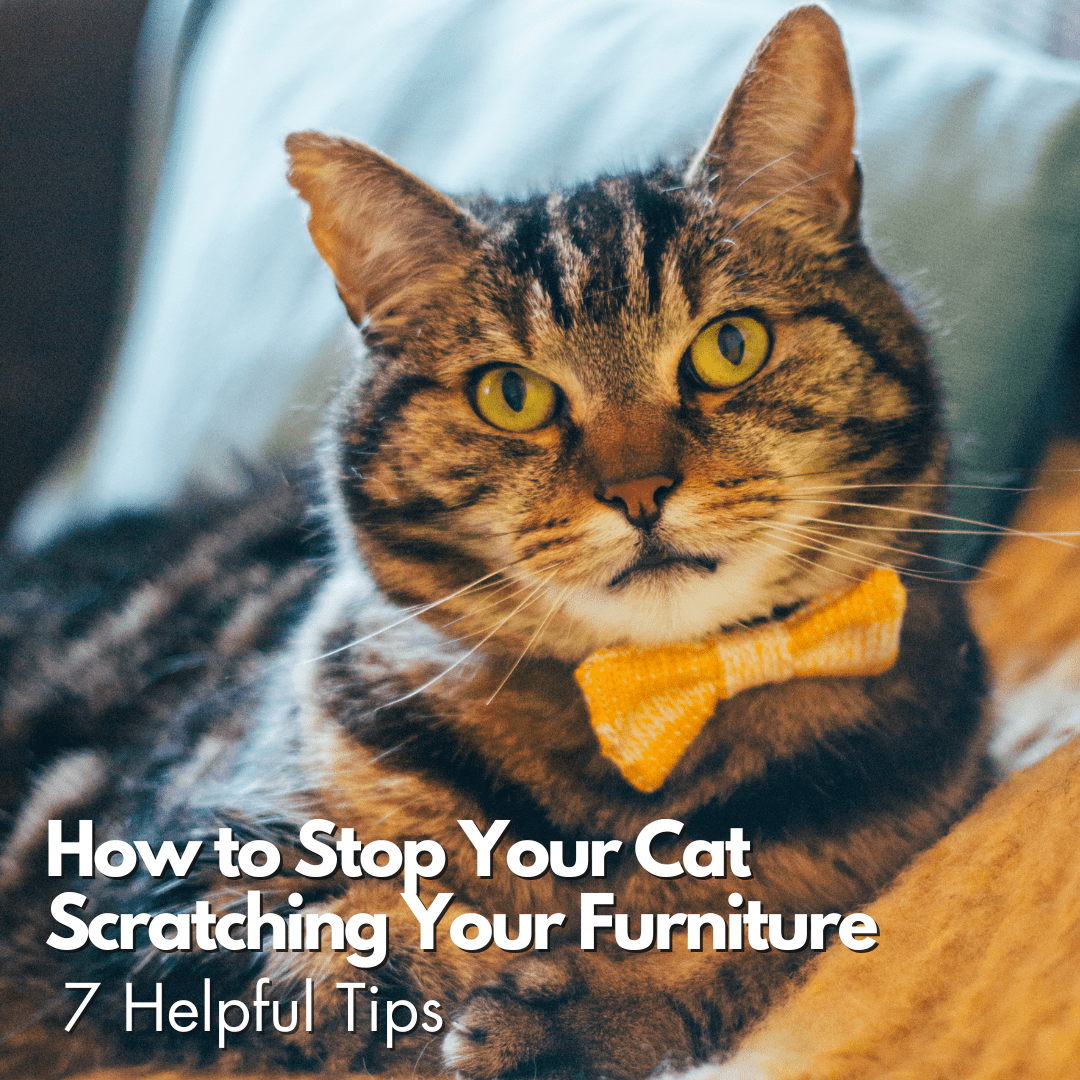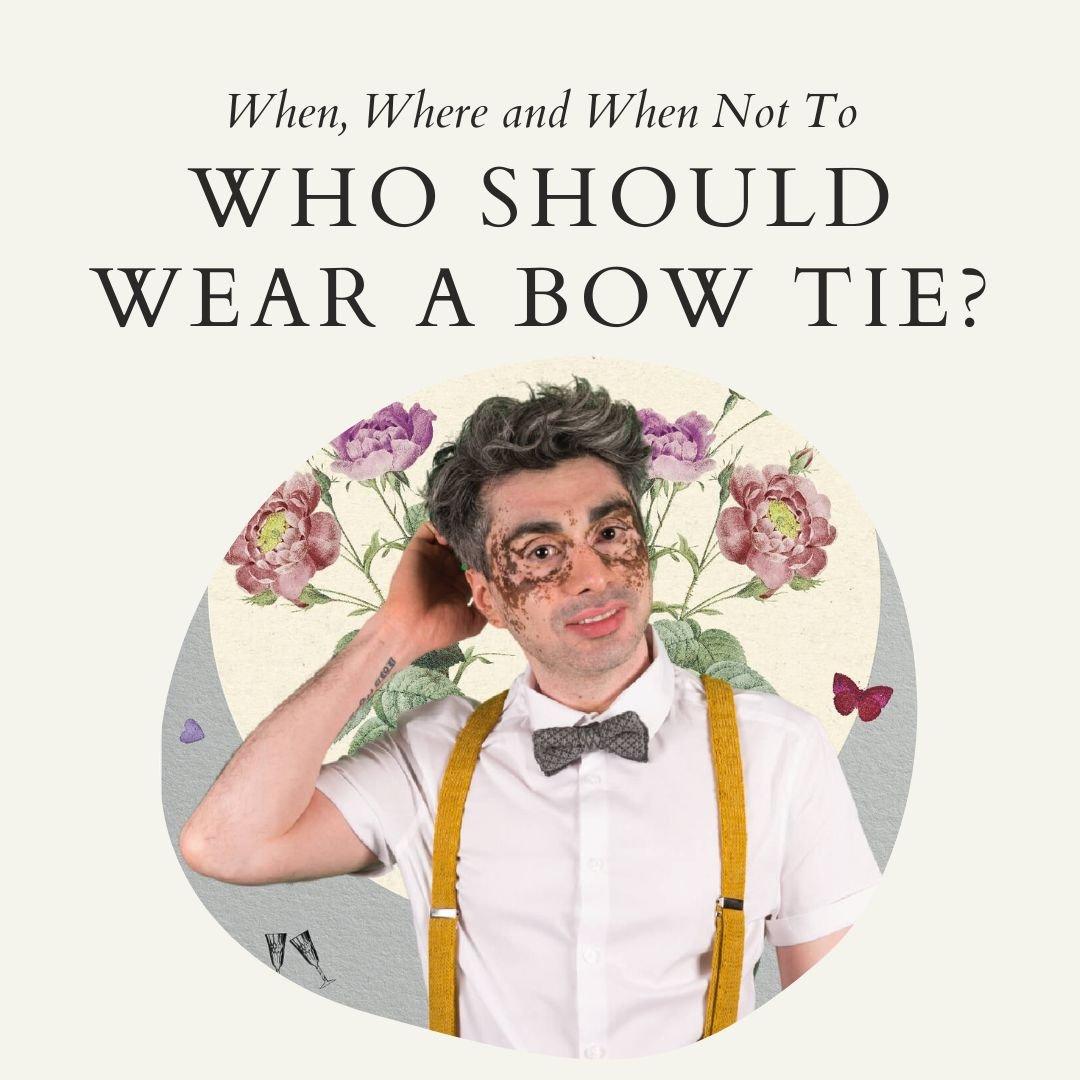World Vitiligo Awareness Day: An Interview with Minesh Siyani

Every year, the 25th June, is World Vitiligo Day. A day to draw attention to increasing the effort for vitiligo healthcare, education and raising awareness of the social stigma and mental challenges faced by those affected by vitiligo.
To honour World Vitiligo Day and understand more about the experience one person has had with vitiligo, I interviewed Minesh Siyani for this blog. You may recognise him from some of my gorgeous new imagery as he kindly modelled for me. Minesh and I chatted online, where he joined me from the home he shares with his wife and two children in North West London.
Tell me About Minesh
Minesh is a born and bred Londoner with 1st generation Gujarat heritage. Minesh works in the Learning & Development sector, he is the L&D Lead for international advertising agency Wieden + Kennedy, focused on both the London and Amsterdam teams.
Alongside this role, Minesh offers EDI ( Equity, Diversity and Inclusion) consulting and training and management leadership training for a wide range of industries and sectors from Tech to Academia.
Hi Minesh, to kick off, what are 3 words you would use to describe yourself?
Hi! Ok, um…creative, fun and humble
And what are your favourite things to do?
I love Netflix and Prime TV binges! Sci Fi, Super Heroes, Fantasy, they are my perfect evening chill outs. Other than that I love spending time with my kids, my family.
I have always loved these TV genres. My Mum would watch Night Rider, Million Dollar Man, Wonder Woman, all those shows. She didn’t speak English at the time so couldn’t understand them all but she loved them. We would watch these shows with freshly made chips every couple of weeks. And now these same type of shows are my go to comfort.

What are your favourite things to wear?
I used to love feeling fashionable, dressing for how I wanted to feel. After kids I kind of lost that drive and now I am back into it. I love shopping in Amsterdam, finding different things, finding cool things that work for me and my age. It is all about colour and tye-dye pieces for me right now.
I suddenly realised my wardrobe had become very stereotypical cis male, blues, blacks and greys and I thought, “how the hell did this happen!?” So now I am drawn to reds, yellows, pinks, greens. Colour, that is my big thing right now.
Can you explain to us, what is vitiligo?
Vitiligo is an autoimmune condition. Your pigmentation is attacked by your immune system. You start losing your pigmentation in patches, so you get these white patches. When I was growing up there wasn’t as much research as there is now but I have made the decision to not keep up with it, I haven’t needed to.
Growing up my skin was very dark, I was a dark Southern Indian brown and now, slowly over time all my pigment has gone. And for me, it doesn’t come back.
When you last photographed me I had patches on my face as I had been burnt by the sun, then my immune system eats that pigment away. It can be accelerated by stress, the more stressed I am, the faster my pigment is attacked.
When I was seeking remedies, back when I was 19 and this first started, I visited everyone, homeopaths, alternative medicine and they recommended I do yoga and anything that would lower my stress levels, they suggested it would bring my pigment back.
There are stories of people who went through expensive therapies and got their pigmentation back. I purposefully decided not to go down that route as I realised I am happy with where I am on my journey.
Also, having kids changed my approach. I don’t want them to see me trying to fix or change something about myself that has been part of me since I was 19, so over half of my life now. I didn’t want them to see me pursuing something that takes time, costs money and think I was unhappy with myself. I never want them to feel they need to fix part of who they are. They are influenced by enough outside forces in this world.

Tell me about your journey with your vitiligo?
I had just started my 2nd year at university when my vitiligo started. It was hard, some very dark times, you’re supposed to be having the best time of your life then, socialising etc.
I had cut myself shaving, a tiny cut on my neck and it healed but had left a very small white mark, then that white mark started growing. It was very noticeable as I was dark skinned. Then I noticed that any light scrapes or scratches on my arms were also going white.
I remember going home to my parents over a holiday from Uni or something, and they were so shocked when they saw me. Relatives, everyone, the response immediately was “oh my god, what’s happened, what’s wrong with you?” By then at Uni, people would immediately say “What’s happened to your face!?” It’s a lot to be surrounded by.
I had a friend at Uni who had vitiligo, she had had it from birth. I imagine her experience would have been very hard, having to go through school and high school. All those years, I skipped all that. It was comforting to have someone to sound things out with, share resources and research but ultimately, we had two different journeys. We are two different people who happen to both have vitiligo but our relationships to it will be different.
I was lucky, I had a really good set of friends, they were shocked by it but generally speaking they just got it.
The worst part was going to the doctors, the GP at University and getting absolutely no empathy. “ Nothing can be done about it, it’s only your skin, it’s fine. There’s no cure for it, your skin will go white.” I had to advocate so hard for myself to get a referral to the homeopathic centre, which my friend had recommended as their treatments worked for her for a while. And it did work for a bit, but not for long.
It was hard, my family would tell me no one would marry me, they needed to marry me off soon. I had friends but I think they eventually got tired of me talking about it, worrying about it. People just don’t get it until it happens to them. One friend told me to think of myself as a disabled person and get on with life. You know, not bad people, just young and not educated.
It was a very dark time. Lot’s of things happened, we would go out and I would be pushed, kicked, spat at by people, people would stare and invite me into a group to talk, as a joke, it was clear I was being used as the butt of a joke. Kids, teenagers on trains would say things about me. The hardest thing was when little kids would see me in a supermarket or wherever, sometimes I realised they had fear on their faces. That was really hard.
I never minded if a kid would point it out. from a place of innocence, that’s just curiosity.
I ended up drinking more than I should, just to numb myself.
But I had a really good support system, my friends, although they initially expressed their shock, they just reacted and after that, they were really empathetic. I fitted in in that group, there was quite a big group of us. I would isolate myself at times but they would keep pulling me out. I had highs and lows but I just kept going.
I think that resilience comes from having seen how hard my mum has worked, for all sorts of reasons, my Mum has been consistent despite a lot of challenges and very little support. She is a big source of inspiration to me. She is a role model. I got a lot of negativity from my grandmother, Dad and relatives but my Mum never said a negative thing, instead she just said to keep going and be careful.
I have tried recommended diets, avoiding certain foods and my Mum would come up with solutions around it, recipes and meal ideas. Both my parents have done that, experimented with different foods to support me.
There are lots of theories out there, one was that anything acidic was to be avoided so anything like tomatoes, citrus, limited amounts of yoghurt…
My friends would also advocate for me, they would know what I could and couldn’t eat.
I would try all sorts of things, at one point I tried camouflage make up. I went on a holiday to India and was really conscious of trying to cover my patches. I had been practicing. I had all the brushes, was mixing product to create tones, it was such a faff. It was much more noticeable then, big patches on my face.
Eventually I just got to a point where I wanted to stop all of the experiments, approaches, ideas. I didn’t want to waste anymore of mine or my parents’ money. Nothing had worked and, in fact, it was more painful trying to do all of that than just living my life, I just stopped and just accepted.

Later on I found out all the things my friends did to protect me. If we were walking about and people were staring at me, I didn’t know that my friends had pre-decided to stare back at anyone who chose to stare at me. They didn’t want me to know they were doing that too as they didn’t want me to feel self conscious.
On one occasion when I had been harassed on a train, 3 separate people came up to me to comfort me. The 3 most random people, a preacher who offered me a prayer, a Big Brother TV reality contestant, shouted back at them and reassured me. And a guy who told me he was a shoplifter, that he had made huge mistakes in his life and that I had the opportunity to make a good life for myself, he told me to not be affected by what other people think. 3 guardian angels. Sometimes you don’t realise how many people are looking out for you.
A good social support is so important. I use that all the time in my work too, to tell people, there will be struggles in work and life, make sure you have good social support, family, friends, peers.

What do you wish people knew or understood about vitiligo?
I wish people would educate themselves on vitiligo (and any condition) rather than making someone with it have to answer the questions. It prevents just getting to interact as a person. And when people feel the need to suggest ‘remedies’ and unsolicited advice. That there is something wrong with me. That is not helpful, despite their intentions.
And when you stare at someone, they know and feel it. It is natural of course to look at someone different, one look is fine. But when you do the other sneaky looks, that person knows they are being looked at and it triggers a response, maybe you retreat into yourself or I try to boost myself by telling myself it doesn’t matter, I have to tell myself “there is nothing wrong with you, it doesn’’t matter, let them look”.
Consider what you are saying too, I have had people say to me “You look better now then you did before, I prefer you white”. “You look much more handsome now then you did before”. Crazy
What positives do you think vitiligo has brought into your life?
Using people’s own presumptions to my benefit. I have had many experiences where people have underestimated me because of what they think they see, like in interview situations for example. I easily exceed their expectations and because of that stand out. I have seized those opportunities to get into roles and industries and that has served me well.
I shouldn’t have to use that but I do. It’s the things they have commented on, we were so impressed by how confident you were, the energy you brought into the room. Some of it, of course, is real but many times you can tell by their surprise that they made decisions based on my vitiligo before interacting with me.
Some experiences have been horrible of course, being asked to fill out the disability section of a candidate form, and when asking them why, because I am not disabled, seeing the colour leave people’s faces.
But my vitiligo has developed my strong resilience. And my empathy, I think it superpowered it, I read the room more than I did before and use that to help advocate for others.
For example, I have had experiences where a candidate interviewing for a role has shared they have a specific condition on their application. I will ensure the people interviewing them have read up on the condition and are prepared to interact with the person and are not overwhelmed by their reaction to how they may look. It gives everyone the opportunity for it to be a proper interview based on merits, experience, presentation etc.

What do you like about your vitiligo?
Today I am so ok with it, I wouldn’t wish it on anyone but the journey I went on, all the stuff I went through, made me who I am today.
I do like how it changes, I now have next to none of my original pigment. I am planning to get some of what is remaining tattooed. Outlined as clouds or birds.
I am loving seeing how brands like Gap, Superdrug, big ads feature people and kids with vitiligo in their campaigns. The normalising of it, makes it less of an anomaly for people to stare at. And with that more people learn about it.
What do you find challenging about having vitiligo today?
It’s all the sun protection, I love the sun but I have to be so careful to stay out of it. This is hardest on holidays, I can’t go into the pool or the sea with my kids at peak times, that stuff. Cos my skin will just burn, instantly, even with factor 50 on.
I just got the rash vests from Australia, they have been a game changer and the sun creams are changing, not such white heavy sticky creams.
But yeah the sun is now my constant challenge.
What would you say to a younger person with vitiligo?
The most important thing is to invest in your friends and the people you love and care about. Build the relationships that will be there for you, people you will be able to trust and talk to. My group of friends saved me.
Vitiligo can be isolating and I would encourage someone to keep connecting. Those friendships will last a lifetime but your vitiligo will come and go.

What do you do/say to yourself to boost your self esteem?
I work out 5 times a week and that helps. Exercise is a great way for me to start my day, that and meditation. It helps ground me in my body and skin. If I notice in a workout I am feeling down, I will go for a walk and do a walking meditation.
Sitting down and dwelling, it just doesn’t help.
Simple active things, like cleaning the house, hoovering, and taking the kids to the park. Doing something that brings me joy.
I have a jar on my desk full of mindfulness moments, you pull one out and it will tell you what to do, ‘think about something positive’, random things.
I enjoy journaling (I need to do it more), watching fun stuff on TikTok. My mum gives me a lot of strength too and if I am feeling low, I will call a friend. I will just call a couple of mates in the working day for a 15 min facetime, and just have a chat. That always brightens up my day.
Is there anything else you would like to share?
Yes, we spend so much time worrying about what other people think, how other people see us and we have absolutely no control over any of it. It doesn’t matter what they think of you, it is what you think they think that matters. Jay Shetty said it perfectly,
“The opinions and thoughts of others are not your reality unless you allow them to be.”
How would you like others to honour World Vitiligo Day?
To stop forming a narrative or judgement about someone based on the fact they have vitiligo. Educate yourself on the condition and then you can talk with someone to learn more about them as a person and what their experience has been like.
Treat people a bit more nicely. Don’t be a dick, it’s that simple.
-----------------------------------------------
Thank you to Minesh for all his time, openness and generosity in sharing his experiences. If you would like to learn more about Vitiligo, head to the Mayo Clinic HERE to start your education.
PIN it for later






Comments